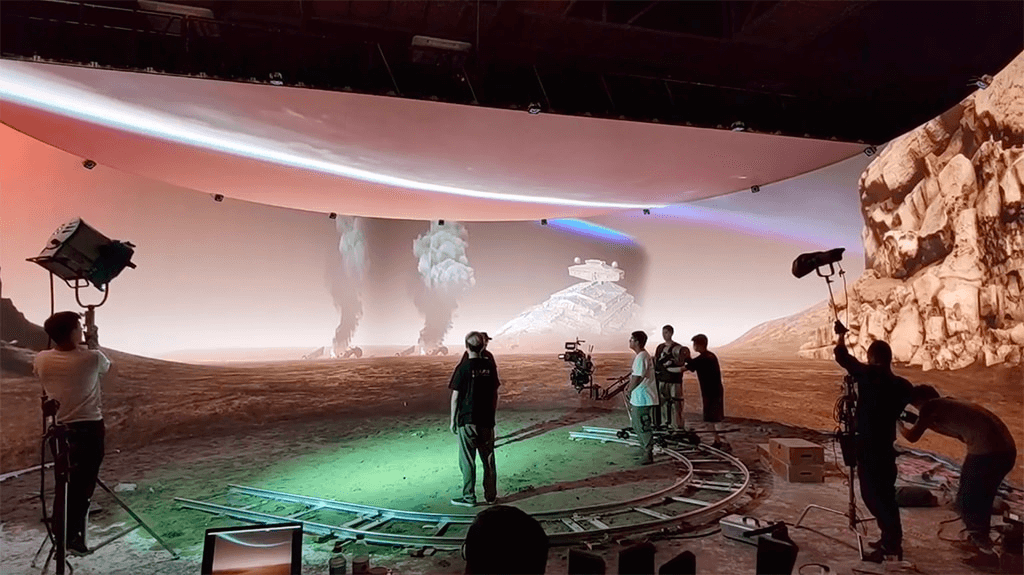In our bustling urban landscapes, traffic lights are a necessary evil, orchestrating the rhythm of our daily commutes. However, they’re not without their shortcomings. Traffic lights can sometimes lead to needless delays and contribute to increased air pollution, primarily through elevated carbon dioxide emissions. But there’s a beacon of hope on the horizon. Google’s cutting-edge artificial intelligence (AI) technology is stepping in to make our journeys smoother and our air cleaner.
Driving Change: Google’s AI Traffic Optimization
Google has been busy assessing traffic data before and after implementing AI-driven adjustments. Their preliminary findings indicate that these innovative traffic signals have reduced the number of stops by up to 30% and emissions by 10%. This translates to a significant benefit for 30 million vehicles each month. These remarkable results demonstrate the positive impact of harnessing AI to optimize traffic management.
Environmental Initiatives: Extending the Reach
Google’s commitment to environmental sustainability extends beyond traffic optimization. The company is expanding its fuel-efficient routing feature in Maps to India and Indonesia, guiding drivers along less congested or uphill routes. This move not only saves time but also contributes to reduced carbon emissions.
READ MORE: Apple New Mixed Reality Headset: A Closer Look at the Affordable Vision Pro Successor
Additionally, Google is making headway in the aviation sector. The tech giant is introducing flight-routing suggestions for air traffic controllers in Belgium, the Netherlands, Luxembourg, and northwest Germany. This initiative aims to mitigate the formation of climate-altering contrails, aligning air travel with eco-friendly practices.
Project Green Light: A Positive Reception
Google’s Project Green Light has been met with a positive reception thus far. As the company unveils new operational details and announces plans for expansion into more cities, it’s poised to attract even more attention and scrutiny. On their Project Green Light webpage, Google indicates an ongoing commitment to the development and refinement of results. Future publications are expected to provide more comprehensive insights into the project’s progress.
Behind the Scenes: Google’s AI Traffic Analysis
At the heart of this ambitious project is Google’s AI technology, which analyzes traffic data collected from the immensely popular Google Maps app. AI algorithms are then applied to make adjustments at 70 intersections around the world. This powerful combination of data and AI is transforming the way we navigate our cities.
Conclusion
Google’s AI-driven traffic optimization is a breath of fresh air in our congested urban centers. With reduced stops and lower emissions, it’s a win-win for commuters and the environment. As Google continues to expand its eco-friendly initiatives, our cities may become cleaner and our journeys smoother than ever before.




